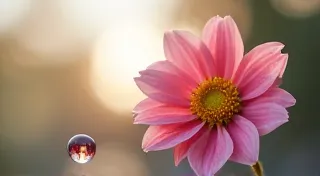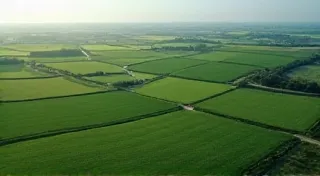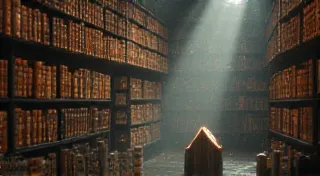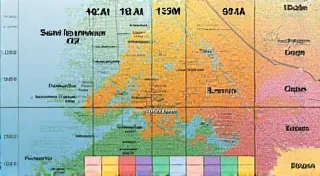Chromatic Ghosts: Unraveling the Mysteries of Ribbon Dye Formulas
There’s a peculiar melancholy that clings to antique typewriters, a sense of whispers from a bygone era. And nowhere is this feeling more concentrated than within the fragile, often faded ribbons they once held. These aren’t just strips of fabric; they are time capsules, holding within their porous threads the residue of countless letters, poems, and memoranda. But what *created* that color, that particular shade of crimson, or that dusky violet, that imprinted itself on the pages of history? This is a journey into the lost art of typewriter ribbon dye formulas—a forgotten alchemy, if you will, where chemistry and artistry intertwined.
My first encounter with this obsession came from my grandfather, a meticulous watchmaker with a quiet reverence for detail. He had a single Underwood No. 5, its keys worn smooth with use, and a box filled with ribbons of every imaginable hue. He’s the one who initially sparked my fascination. "Each color," he's said, tracing a finger across a particularly vibrant burgundy ribbon, "told a story. A business letter from 1928, a love note from the war… they all left their mark." He never knew the *science* behind the color, only the feeling, the connection to the past.
The Dawn of Color: From Black to a Spectrum
Early typewriter ribbons, of course, were black – or rather, a very dark grey. Iron gall ink, a precursor to the carbon-based ribbons we know, was the standard. But the desire for more expressive communication, for a touch of personality in the written word, fueled the demand for color. The late 19th and early 20th centuries saw a rapid expansion in the typewriter industry, and with it, a burgeoning market for colored ribbons. Companies like Smith Corona, IBM, and Underwood recognized this and began to experiment.
Initially, color was achieved through the addition of aniline dyes. These were revolutionary at the time, offering a wider range of hues than previously available. But early aniline dyes were notoriously unstable, prone to fading and bleeding. This instability made a consistent, archival quality ribbon exceptionally difficult to manufacture. The formulas, passed down through generations of ribbon manufacturers, were closely guarded secrets, often relying on empirical observation rather than rigorous scientific understanding. The subtle shifts in color, the way the light interacted with the dye molecules, were understood intuitively – a nuance that modern scientific analysis struggles to fully replicate. Those interested in the meticulous examination of these spectral histories might find further insights exploring Echoes in Cyan: Capturing the Spectral History of Ribbon Dye.
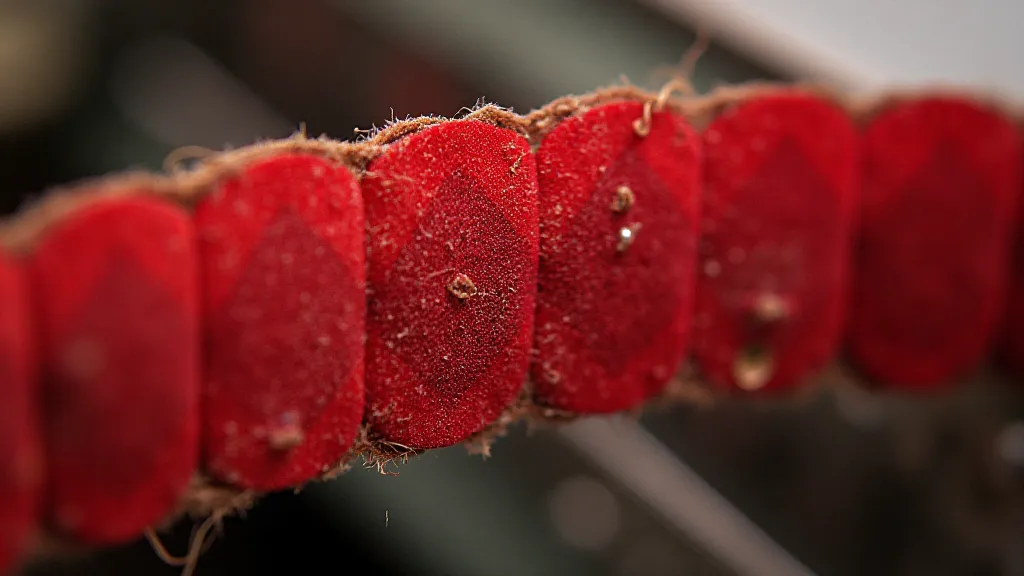
The Alchemist’s Formula: A Delicate Balance
The core of a typewriter ribbon’s color lay in its dye mixture. These were complex blends, often incorporating multiple dyes to achieve the desired shade. Beyond the primary colorants, mordants – substances that help the dye bind to the ribbon’s fabric – played a critical role. The type of fabric used also made a profound difference; early ribbons used cotton, later silk and rayon, each reacting differently to the dyes. The weaving process itself, the tightness of the weave, the density of the thread—all influenced the final color intensity and longevity.
Imagine a ribbon maker in the 1920s, surrounded by jars filled with powders and liquids, carefully weighing out each component, guided more by intuition and experience than by a precise chemical formula. A pinch too much of one dye, a slightly inaccurate measurement of the mordant, and the ribbon might turn a muddy brown instead of a vibrant emerald green. Success wasn't about following a recipe; it was about achieving a delicate balance, an almost artistic sensibility. Some of these formulas involved substances now considered hazardous, and the lack of safety regulations only added to the mystique and challenge of the craft. The scent of the dye room, a potent mix of chemicals and textile fibers, must have been truly unforgettable. The echoes of those forgotten voices, imprinted onto these ribbons, tell a profound story of dedication and craftsmanship, something akin to what we might uncover within The Scriptorium's Lament: Preserving the Voices of Forgotten Authors.
The Shadows of Instability: Fading and Bleeding
The inherent instability of early dyes was a constant battle. Sunlight, humidity, and even the acids in paper could cause the color to fade and bleed. This wasn't seen as a flaw, necessarily, but rather as an inevitable consequence of using these relatively new and imperfect materials. The faded tones we see on antique documents are a testament to this fragility, a ghostly echo of the original vibrancy. Some collectors prefer the faded, "patina" of age, appreciating the subtle nuances of color that emerge over time. Others, striving for archival accuracy, meticulously store their ribbons in dark, cool environments, attempting to halt the relentless march of decay.
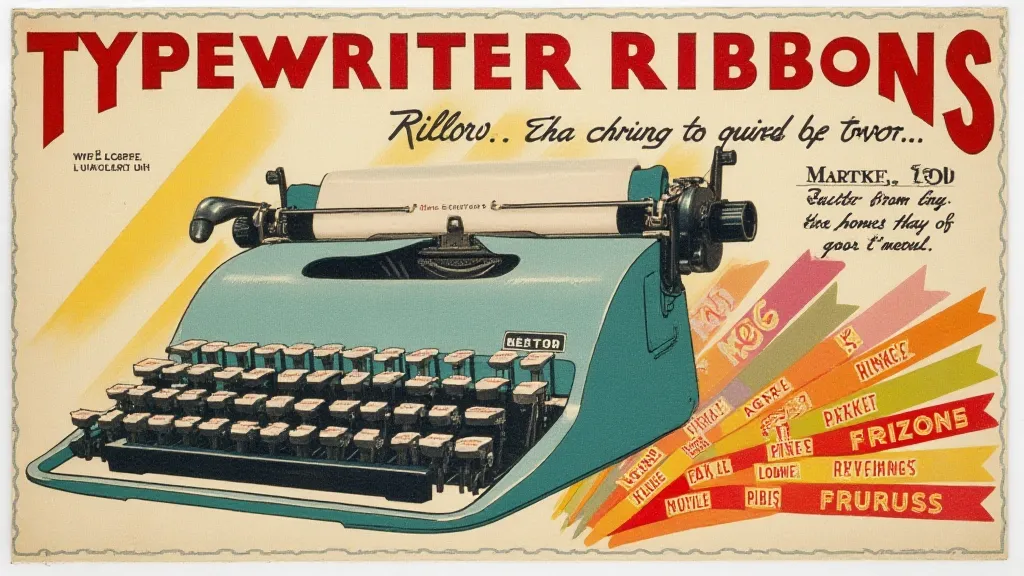
Beyond the Chemical Recipe: The Human Element
While the science of dye formulation was crucial, the true mastery of ribbon making resided in the accumulated knowledge passed down through generations of artisans. It wasn's just about knowing *what* to use, but *how* to handle the materials, the specific temperature and humidity conditions that would yield the best results. It was a deeply empirical process, requiring a sensitivity to nuance that modern techniques often miss. Many of the manufacturers kept these secrets guarded, often sharing information only within families. The loss of this tacit knowledge is a significant factor in the decline of traditional ribbon manufacturing.
The Materials Themselves: A Complex Interplay
The choice of fabric was as important as the dyes themselves. Early cotton ribbons were prone to shrinkage and color bleeding. Silk, though more vibrant, was fragile and expensive. Rayon, a later innovation, offered a compromise, but its stability still depended heavily on the dye formulation. Each fabric demanded a different approach, a different blend of dyes and mordants to achieve the desired color and longevity. The weaving process, too, played a crucial role. A tightly woven ribbon would hold the dye better, but it would also be stiffer and less pliable. The ideal balance was a matter of experience and judgment.
The Legacy Continues: Preserving the Past
Today, the art of manufacturing typewriter ribbons in the traditional way is largely lost. Modern ribbons are often made with synthetic dyes and fabrics, prioritizing affordability and ease of production over longevity and artistic quality. While these modern ribbons serve their purpose, they lack the unique character and historical significance of their antique counterparts.
The interest in preserving these remnants of a bygone era has spurred a small but dedicated community of ribbon restorers and collectors. Some are attempting to reverse-engineer the original formulas, using historical documents and surviving ribbons as clues. Others are focusing on proper storage and handling techniques, aiming to slow the fading process and ensure that these fragile treasures can be enjoyed by future generations. The effort to bring these lost techniques back to life is complex, requiring not just chemical knowledge, but also a deep understanding of the historical context and the craftsmanship of the original artisans, a quest mirrored in the dedication to Echoes in Ink: Resurrecting Lost Voices Through Ribbon Restoration.
Beyond the Color: A Connection to Craftsmanship
Repairing and restoring antique typewriter ribbons isn’t just about preserving the color; it's about preserving a piece of history, a connection to the craftsmanship and artistry of a different time. It's about understanding the delicate interplay of chemistry, textiles, and human ingenuity that resulted in these beautiful, ephemeral objects.
Holding a faded ribbon in your hand, imagining the letters it once imprinted, evokes a sense of wonder and reverence. It's a reminder that even the smallest, most seemingly insignificant objects can hold profound stories, and that preserving them is a responsibility we owe to the past, and to the future. It’s a whisper of those chromatic ghosts, a testament to the enduring power of human creativity, and a poignant reminder of a time when even something as simple as a typewriter ribbon was imbued with artistry and care.
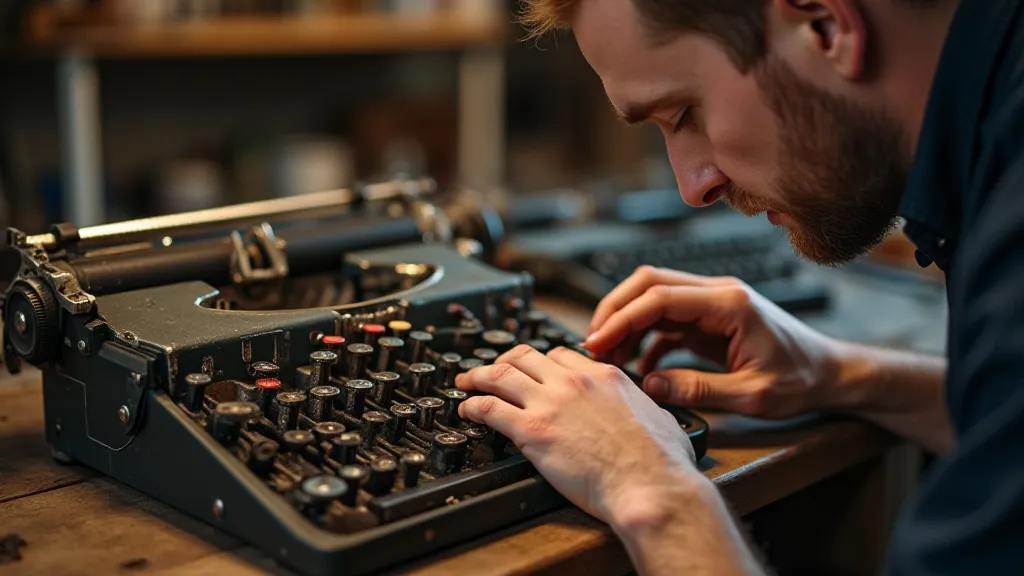
The challenge of recreating these ribbons is more than just a technical exercise; it's a journey of rediscovery, a chance to connect with the artisans of the past and to appreciate the artistry that went into creating these seemingly simple objects. It’s a whisper of those chromatic ghosts, a testament to the enduring power of human creativity, and a poignant reminder of a time when even something as simple as a typewriter ribbon was imbued with artistry and care.
